In today's phase, animation has become a pervasive medium of communication that has captivated audiences of all ages. This field has developed into a multifunctional medium that can be utilized for both entertainment and teaching. Animation can enrich the classroom experience in various ways as a teaching tool. Animation can transform how students learn and retain information by simplifying complex concepts, encouraging critical thinking, and accommodating different learning styles.
This blog post looks into 10 compelling reasons teachers should use animation in education. So, let's look at how animation may help students have a more dynamic and immersive learning experience.
Visual Learning
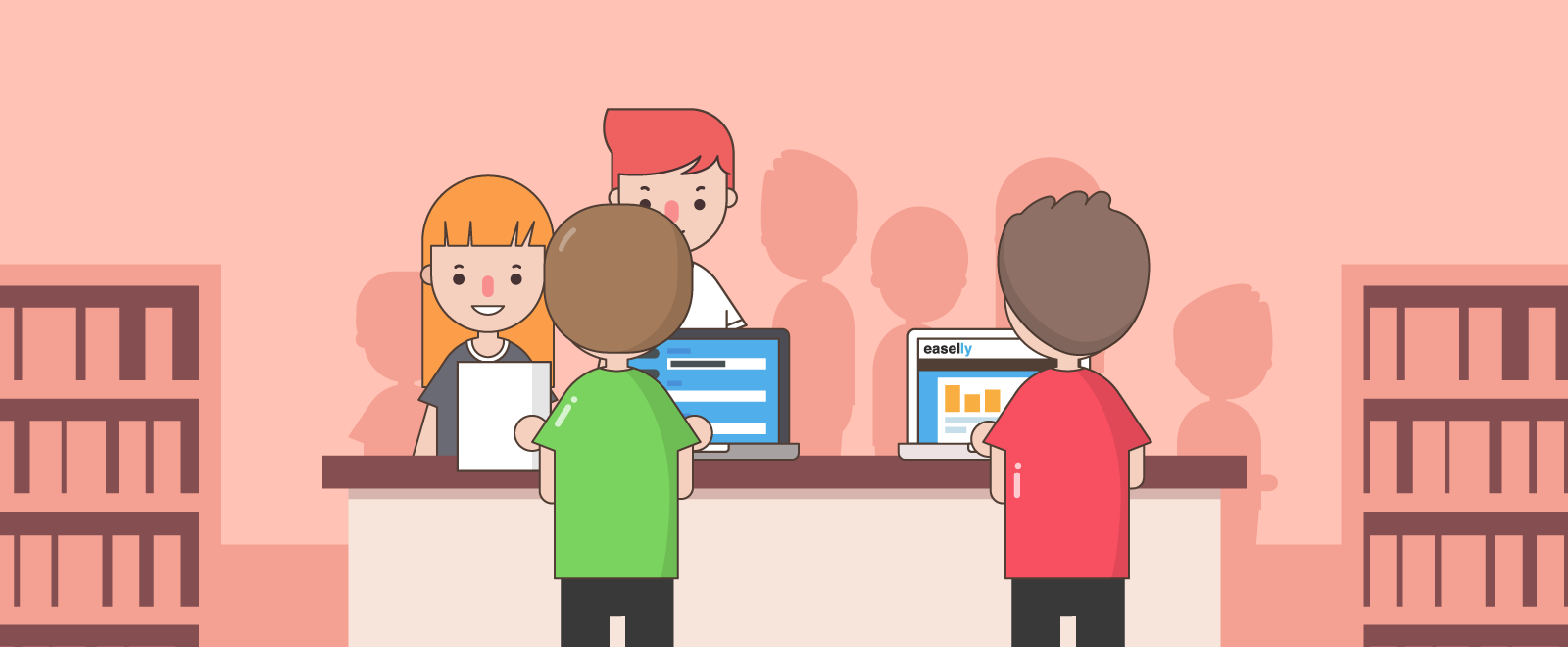
Visual learning involves using visual aids like images, films, and animations to gain knowledge and understanding. This method helps students remember information for longer periods. Animation is particularly useful for active learners because it makes abstract concepts more engaging and memorable. By using animations, teachers can explain complex topics more effectively.
For example, an animation of the water cycle can help students see the process in a way that static images or text cannot. Likewise, an animated video showing how molecules move during a chemical reaction can help students better understand reaction rates and kinetics.
Interactive Learning
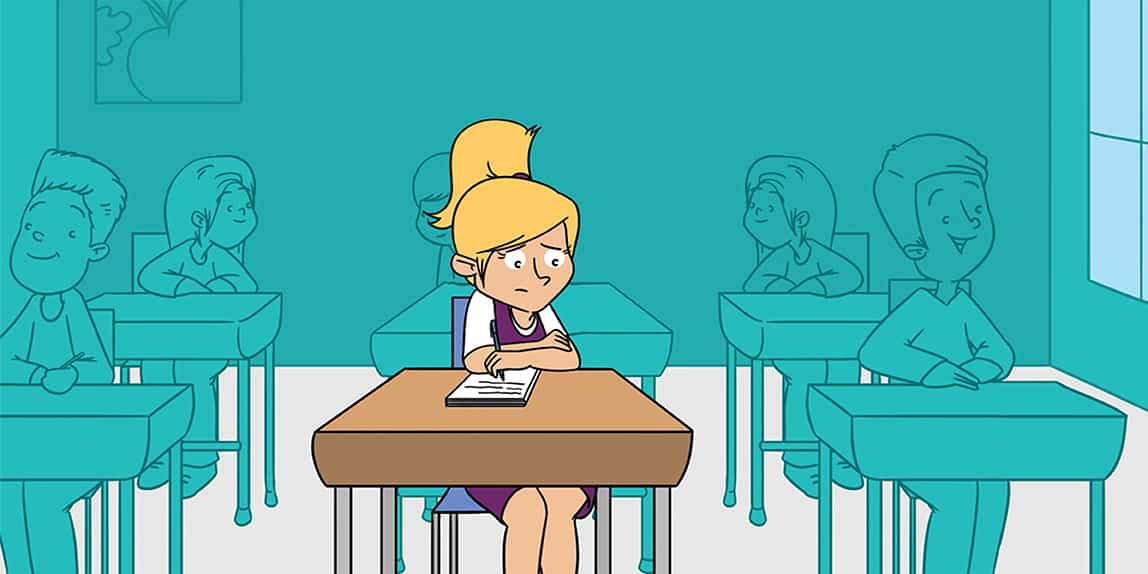
Students actively participate in the learning process through interactive learning. Teachers
and students can use animation to design engaging lessons through which learners explore,
experiment, and pick up knowledge at their own pace.
An animated simulation, for example, can assist pupils in understanding complex scientific
concepts, whereas a game can improve math abilities. Teachers can engage students in novel
and engaging ways by introducing animation into interactive learning sessions.
Educational games are one type of
interactive learning with animation. These games may teach
children about everything from history to physics to Maths. By introducing animated
components, such as characters or environments, into these games, students can become more
engaged with the information and more motivated to learn.
Multimodal Learning
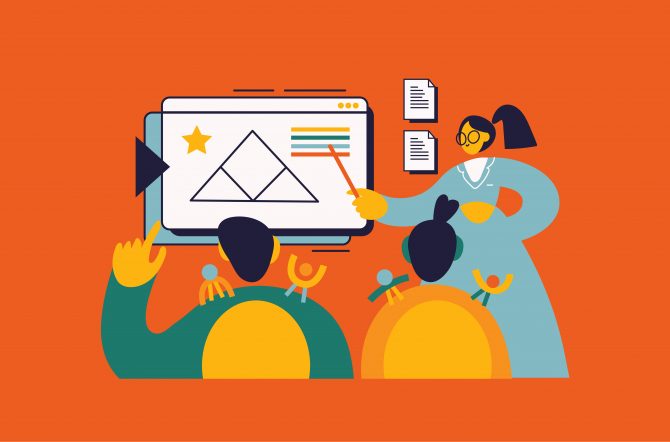
Multimodal learning involves using multiple senses and Learning styles to facilitate
learning. Animation can create multimodal learning experiences that appeal to many learners.
For example, an animated video
that combines visuals, sound effects, and narration can engage visual, auditory, and
kinesthetic learners. By incorporating animation into multimodal learning experiences,
teachers can accommodate different learning styles and help students learn more
effectively.
In addition to video animation, it can also be applied to presentations. Teachers can make
their content more engaging and interactive by adding animated elements to a presentation.
For example, an animated graph can illustrate data trends. An animated map can show the
spread of a disease or the location of historical events.
Memory Retention
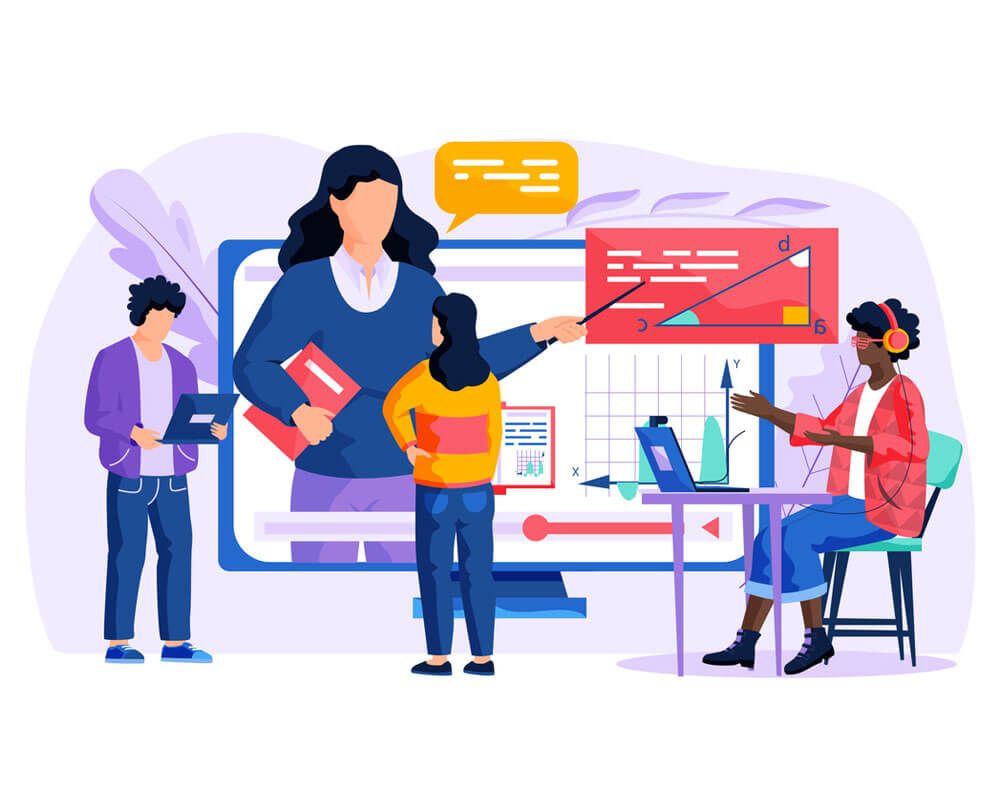
Animation can help students retain material for extended periods. Animated graphics can
generate more memorable mental images than text or static visuals. Furthermore,
animation helps simplify and simplify difficult concepts, making them easier to recall.
Teachers can help students recall information more efficiently and apply it to future
learning experiences by using animation to enhance learning.
Mnemonic devices are one type of animation used to assist memory recall. By linking
crucial concepts or information with a visual or audio signal, these gadgets assist
pupils in remembering them. For example, an animated movie that teaches kids
multiplication tables using a catchy melody or rhyme can help them retain the material
more efficiently.
Increase Engagement
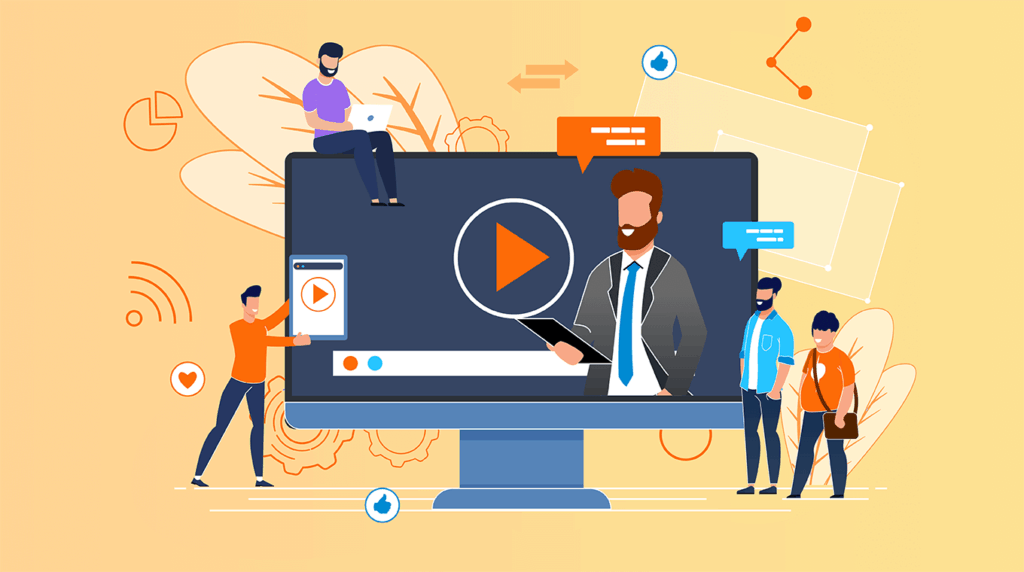
Animation is an engaging and entertaining medium that can capture students’
attention and hold it for extended periods. Teachers can create a more dynamic and
interactive learning environment by using animation in the classroom. Animation
encourages students to participate and stay engaged in learning.
Animation can also be used to create emotional connections with students. For
example, an animated story
can teach empathy and emotional intelligence. In addition, an animated character can
be utilized to model positive behaviors and attitudes.
Provides Accessible Learning
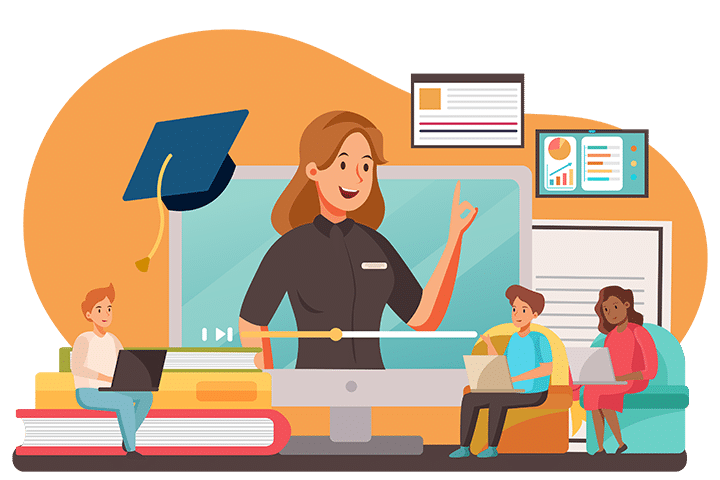
An animated video with closed captions or subtitles can benefit kids with
disabilities or learning problems and deaf or hard-of-hearing students.
Similarly, an animated presentation with simplified images and storytelling may help
children with cognitive or learning difficulties.
Animation may also convey educational content in various languages, allowing it
to reach students who do not know English. By employing animation to make
education more accessible, teachers can ensure that all students have the
opportunity to learn and achieve.
Foster Creativity

Animation allows teachers and students to express themselves artistically. Using animation in the classroom can help teachers encourage students to be more creative and imaginative.
Animated learning experiences can also generate personalized learning experiences. For example, students can create animated videos or presentations to illustrate their topic mastery.
Real-world Application
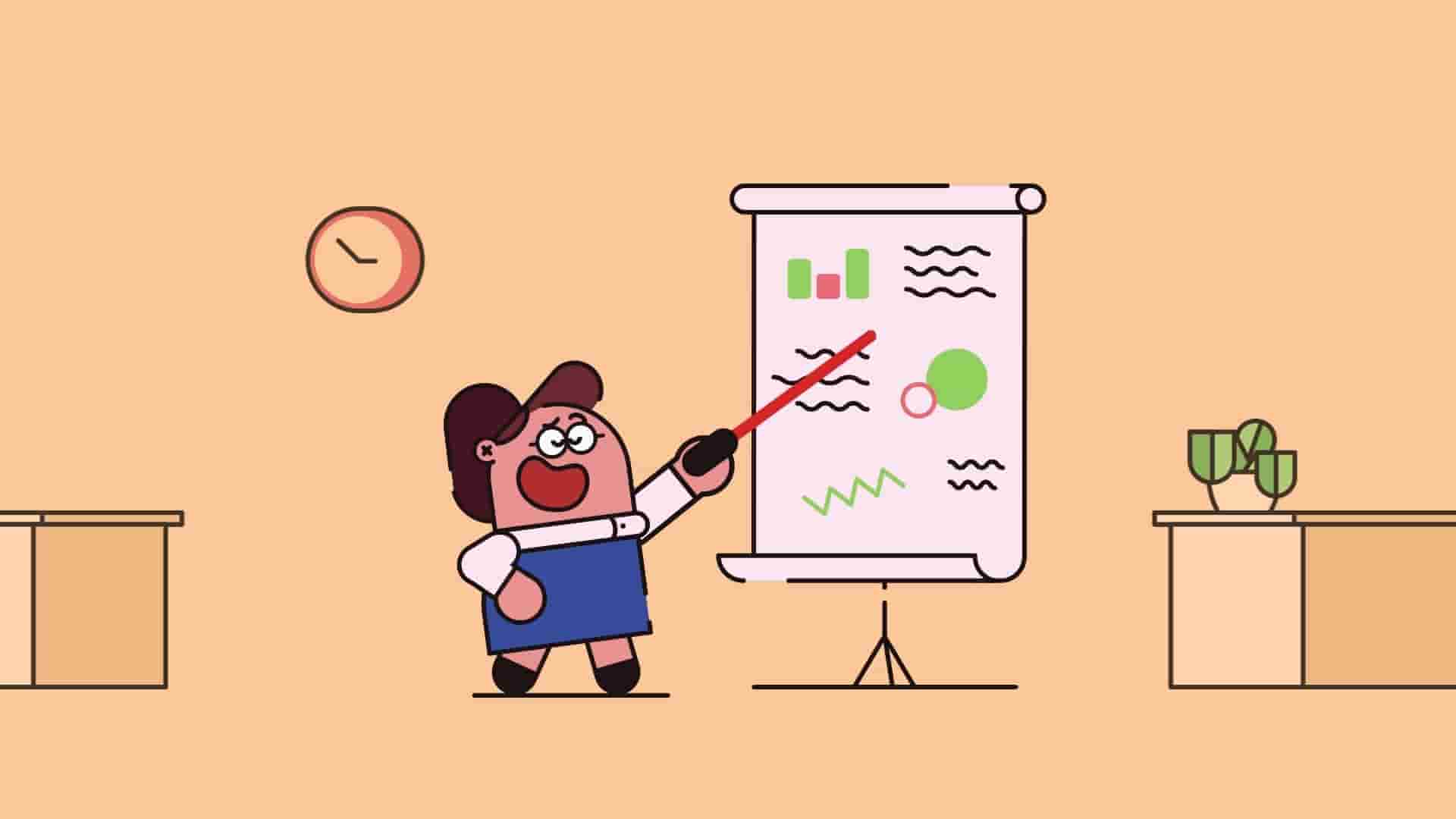
Animation can be used to demonstrate real-world applications of
classroom concepts. For example, an animated video that shows how a car
engine works can help students understand physics and engineering.
Similarly, an animated chemical process simulation may help students
understand how chemical reactions occur in the actual world.
Using animation to demonstrate real-world applications, teachers can help students see the relevance and importance of their learning. This can increase motivation and Engagement in Learning.
Diversity and Representation
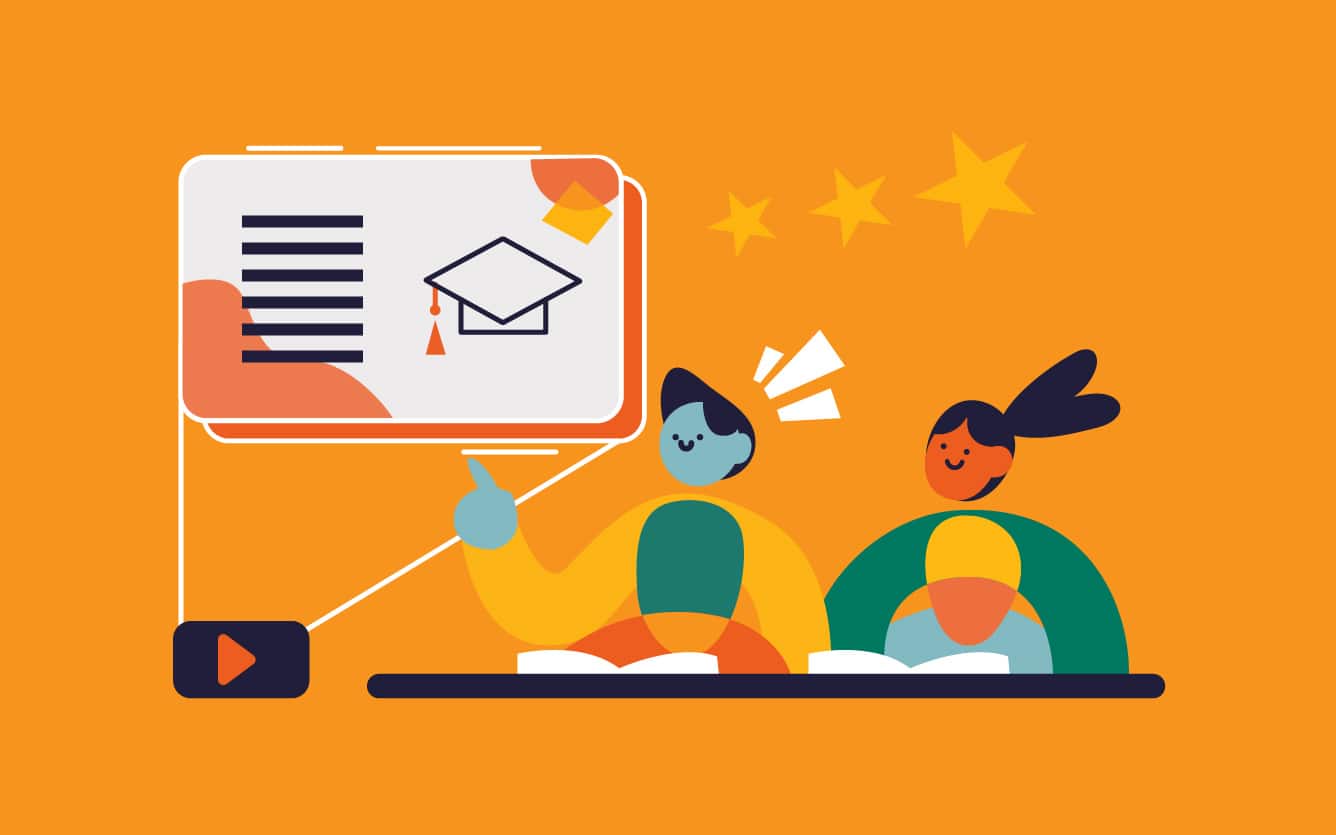
Animation can build diverse and representative learning environments that reflect the experiences and perspectives of all students. Animated movies, for example, can be developed to exhibit various cultures and traditions, assisting kids in developing empathy and understanding for people from different origins.
It can also be utilized to create unique and memorable characters and stories. Teachers can help students see themselves and their experiences represented in learning materials by designing characters that reflect the diversity of their student group.
Provides Flexibility
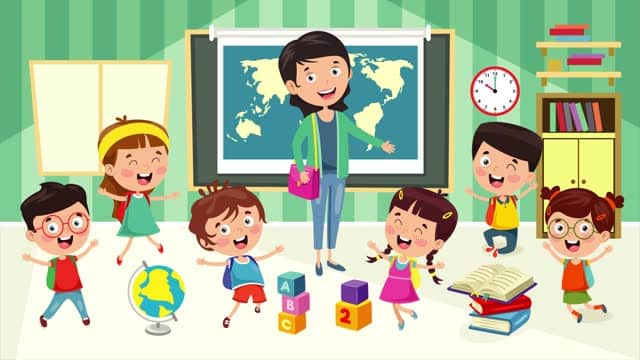
Animation is a versatile tool that can support different teaching goals and learning outcomes in various ways. For instance, animation can be used to assess a student's understanding of a concept or to introduce new topics.
Animation can also be used to create differentiated learning
experiences. For example, students can receive animated
tutorials or presentations tailored to their learning needs and
preferences. By using animation in flexible and adaptable ways,
teachers can create personalized learning experiences that meet
all students' needs.
Conclusion:
Animation is a powerful tool for enhancing classroom teaching and learning. By incorporating animation into their teaching, educators can create more engaging, dynamic, and personalized learning experiences for their students. The benefits of using animation in the classroom include improved visual learning and the ability to demonstrate real-world applications. As technology advances, the potential for integrating animation into education continues to grow, offering limitless possibilities.